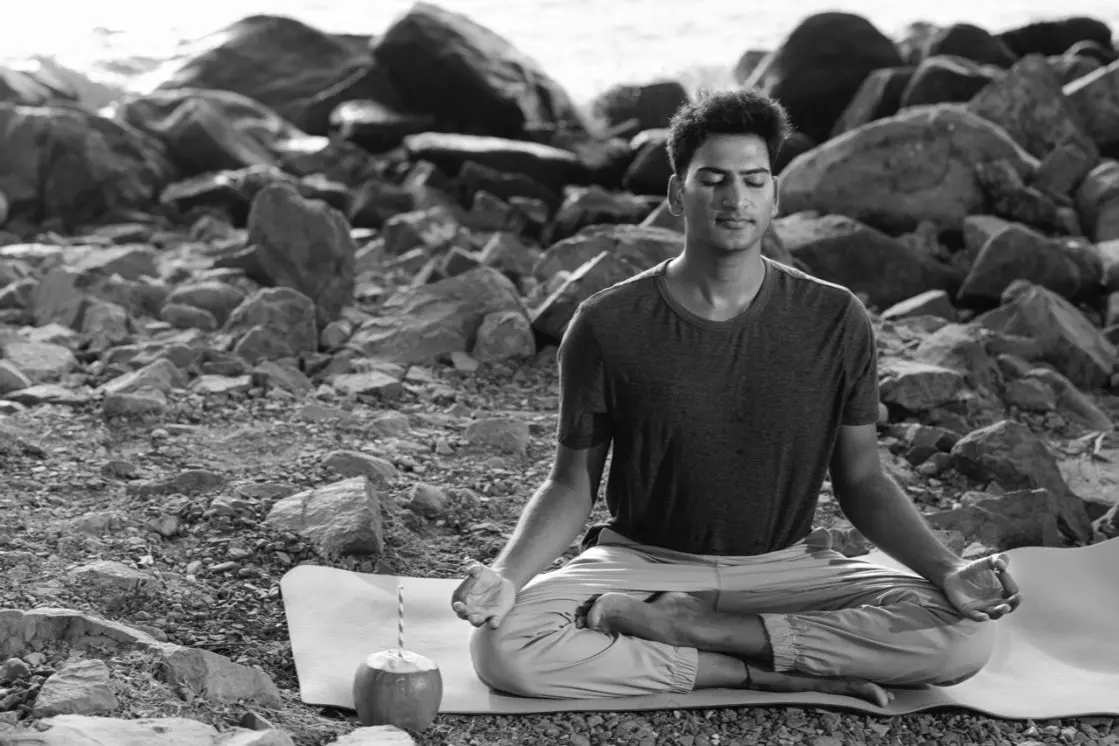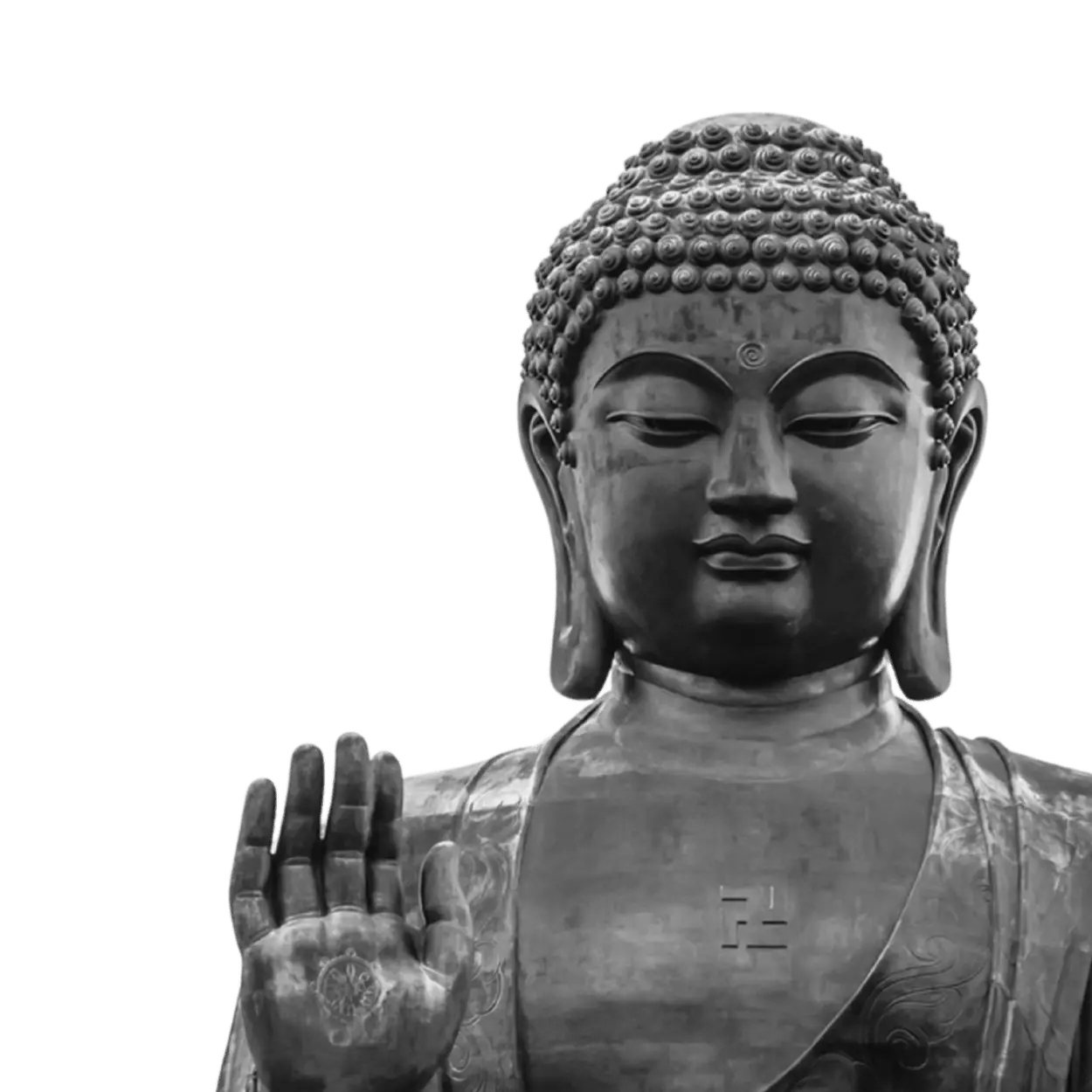
Wellness
According to the WHO’s constitution, everyone has a fundamental right to enjoy the best possible level of health, regardless of their race, religion, political beliefs, economic status, or social standing. According to Wellness (Corbin, 2008) is considered as an important component of optimal health. Sense of well-being reflects in one’s optimal functioning in daily life in terms of quality of life, meaningful work, and a contribution to society. Wellness reflects how one feels (a sense of well-being) about life, as well as one’s ability to function effectively. An individual with good quality of life can enjoyably do them activities of life with little or no limitation and can function independently. Health and wellness depend on each person’s unique characteristics. Each of us has personal strengths and limitations.





